What is a Panic Attack?
A panic attack is an acute event in which a person feels an intense feeling of dread and an array of physical symptoms like sweating, high pulse, and trouble breathing. While panic attacks can be a sign of underlying generalized anxiety disorder (GAD), they can also happen to people with no underlying anxiety disorder.
Panic Attack Symptoms
When people find themselves in real, physical danger, they may have several noticeable responses. For example, if a man finds himself face-to-face with an angry bear, his heart rate will rise, he may sweat, and he may feel extreme dread.
When people have panic attacks, they experience many of the same symptoms of facing a bear, but without obvious danger. This lack of logical stressors can make a person feel like they are “going crazy.” However, it’s important to remember that panic attacks are temporary and treatable.
Some people can easily confuse a heart attack with a panic attack. The symptoms of a panic attack include:
- Racing heartbeat
- Dizziness
- Feeling weak
- Sweating or chills
- Trouble breathing
- Feeling out of control
- Chest pain
- Sense of immediate danger or unavoidable doom
- Tingling in the extremities
You will notice that many of the symptoms of panic attacks are very similar to heart attack symptoms. If you suspect that you are having a heart attack, please call 911 and tell them your symptoms.
Afterward, a person can feel tired or groggy for a full day. Someone who has had a panic attack may feel anxious several days after and worry about it happening again.
What Causes Panic Attacks?
Each person with panic attacks has their own unique triggers–or what causes the intense reaction.
Panic Attack Treatment Options
People who have recurrent panic attacks may have panic disorder. Treatment for panic disorder may include medication, therapy, and lifestyle changes.
Medication for panic disorder is often fast-acting. Patients take these medications when they feel a panic attack coming and the medication should prevent the episode. Some patients may need daily anti-anxiety medication to achieve a healthy baseline.
Many people with panic disorder benefit from individual therapy. In these sessions, patients and providers identify the patient’s triggers. Then, they can find ways to better cope with these triggers. This may include changing the person’s thought-behavioral patterns.
Finally, lifestyle changes may be necessary to treat recurrent panic attacks. This may mean removing certain stressors, such as a toxic relationship or high-stress job. Lifestyle changes may also mean including healthy exercise in the patient’s routine.
How to Stop a Panic Attack in the Moment
Someone who has frequent panic attacks should consult a mental health professional as soon as possible. However, these attacks’ nature means that some people need strategies to help until they can get an appointment. Although not all methods work for all people, strategies to stop a panic attack include:
- Focus on the breath
- Call it by name
- Try grounding
- Methodically relax one body part at a time
- Repeat a helpful mantra
Focus on the Breath
Try to breathe deeply and think only of the air coming in and out of the body. Closing the eyes can help someone focus only on the breath.
Call it by Name
Recognizing a panic attack for what it is can take some of its power away by recognizing the absence of danger.
Try Grounding Techniques
Connecting oneself with surroundings can help slow the thoughts. Try identifying three distinct sounds, physical feelings, and smells.
Progressive Relaxation
Starting with the feet, consciously unwind each muscle. Stay on each muscle as long as it takes to release any unnecessary tension.
Repeat a Helpful Mantra
It can be a favorite quote or a religious verse. Some options include, “This too shall pass,” and “I am safe.”
A therapist or psychiatrist can help patients develop techniques that are unique to their situations. If you believe that you may require therapy for panic attacks, find a therapist near you.
Panic Attack FAQs
A panic attack lasts about 10 minutes for most people, not including the build-up or after-effects. However, some people can have panic attacks that last for an hour or more. No matter the actual length, the person having a panic attack may feel like it has been much longer.
These events can be one-time problems for some patients. However, many people have recurrent panic attacks until they resolve the underlying issues. People with frequent panic attacks may have panic disorder.
Panic attacks are unfortunately common.
- Each month, 1 million Americans have panic attacks.
- 1 in 3 people with panic disorder also has agoraphobia.
- 40 percent of people with panic disorder also have depression.
- 1 in every 75 Americans will have panic disorder at some point in their lives.
If you experience panic attacks, you are not alone. Treatment can help.
Although the names sound similar, panic and anxiety attacks are distinct events. Many of the symptoms remain the same. However, the main difference is that anxiety attacks have explicit stimuli that most people would react to.
For example, a woman walking home alone at night may have an anxiety attack if she hears footsteps behind her. She may feel the fast heart rate, difficulty breathing, and fear that someone having a panic attack may experience. However, as soon as the footsteps stop or she returns home safely, the symptoms disappear.
An anxiety attack is a reaction to an external stimulus. A panic attack is a reaction to internal triggers.
